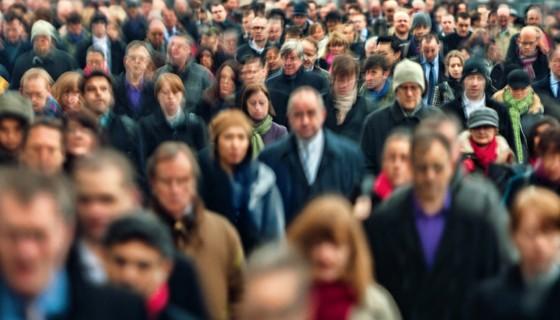
New Zealand's population could reach six million by 2050, with growth potentially slowing due to a declining birth rate and an ageing community.
Aotearoa's population reached four million in 2003 and only took just over 16 years to reach five million, but lower projected birth rates and a higher proportion of elderly residents means it could take 20 to 30 years to hit the six million milestone. Whether the country reaches six million by 2050 will depend on migration and birth rates.
Stats NZ released the new population data on Tuesday, which projects the country's population is likely to be between 5.1 and 5.5 million by 2025, and between 5.2 and 5.9 million by 2030.
This range of what Stats NZ projects the population could be shows the 25th and 75th percentile of data, which means there is a 50 percent chance New Zealand's total population will be within these numbers. So depending on migration and birth rates, the population could be at the higher or lower end of how many people it projects will be living in New Zealand by a certain date.
Since 2014, the biggest driver of New Zealand's population change has been migration, Stats NZ says. Until then, it was a natural increase - births minus deaths - that caused the population to grow. Without migration, the country's record-low fertility rate of 1.63 would cause the population to decline.
The country's migration rate dropped sharply this year due to the COVID-19 pandemic, but the projections assume incoming residents will fluctuate around a net gain of 25,000 a year in the long term.

Even with this net gain, New Zealand's ageing population could slow the rate at which the country reaches six million.
The number of residents aged 65 and over is likely to be one in every five people by the early 2030s - about 1.1 million people - but by 2050, this could increase to nearly one in four - about 1.5 million people.
Currently, there are around one in six people in this age group - about 790,000 people. Just a decade ago, one in eight people were aged 65 and over, and in 1950 it was one in 11.
The latest projections show the number of people aged 65 and above is likely to make up between 24 and 34 percent of the total population by 2073.

This contrasts with the growth of the number of people at the opposite end of the age spectrum - those under 15 years old, which is currently at about 970,000 people. By 2073, this age group will likely make up between nine and 18 percent of the population.
The different growth rates mean the number of people aged 65 and over is projected to outnumber those aged under 15 by the mid-2020s.
The number of New Zealanders aged 85 and older is also expected to triple in the next 30 years, from about 88,000 in 2020 to between 280,000 and 340,000 in the 2050s. By the early 2070s, it's likely there'll be between 350,000 and 510,000 people in this age group.


